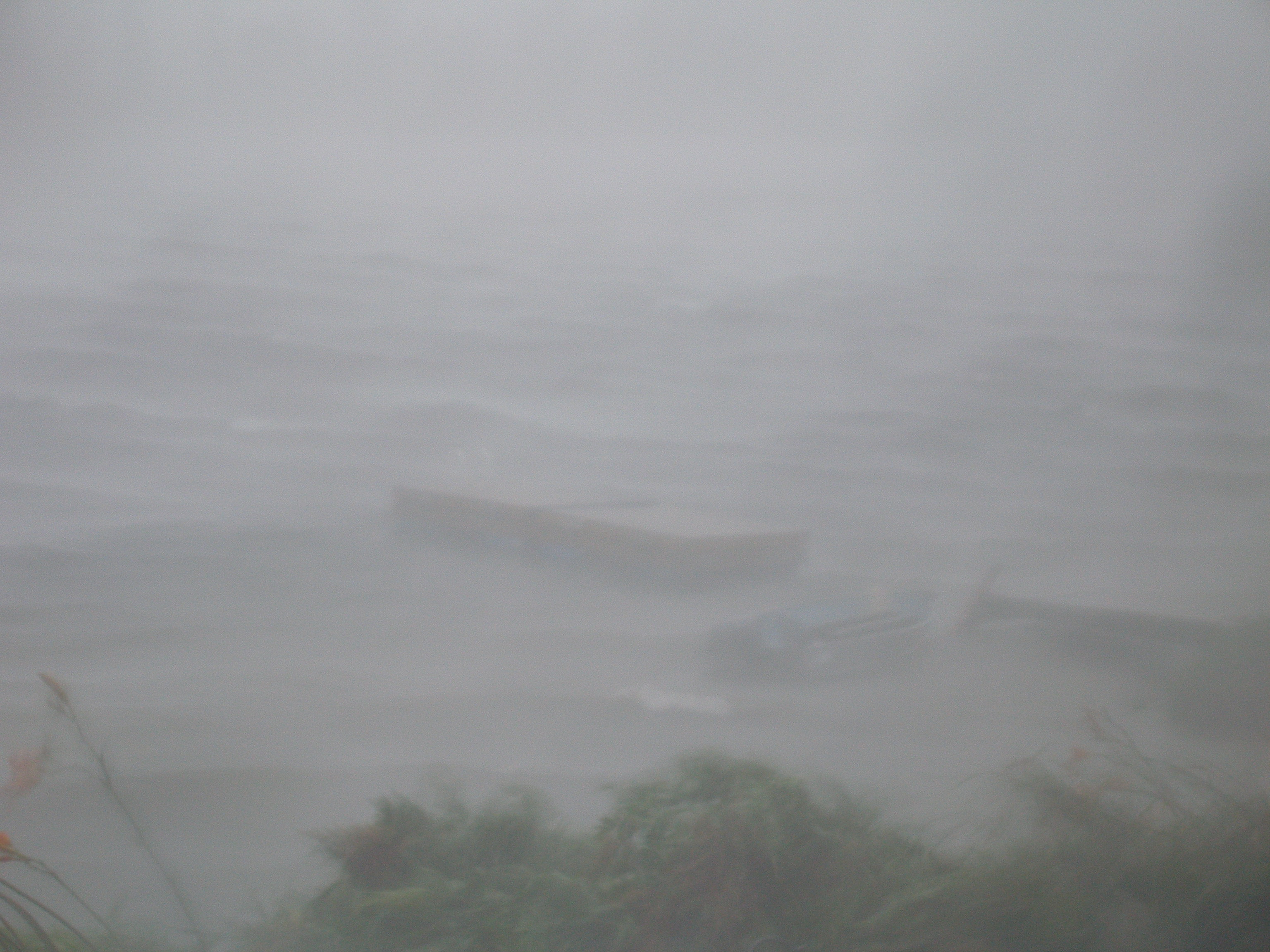|
ICE FISHING - A GREAT WAY TO GET OUTDOORS WITH THE FAMILY
|
|
| Local youth enjoying a quiet day around the ice hole. |
Local residents are finally enjoying the sport of ice fishing. Fishermen were set back a until the beginning of
January this year because of thin ice.
Some residents have also been working hard to maintain skating rinks on the Lake. The cold weather and low
snow accumulations have allowed for some smooth ice and excellent skating conditions.
Residents on Richard Lake may have noticed the large numbers of loons that have been swimming
the lake....
The Puzzle of Loon Parties
Common Loons are not known to be congenial hosts or particularly accommodating to visitors on their territories.
In fact, they can be quite nasty at times, chasing and occasionally killing intruding loons or other waterbirds. These occurrences
should not be frowned upon, since loons have a strong instinct to protect their chicks or themselves from potential predators
or competitors for scarce food supplies. At other times, however, loons can be quite social.
Several CLLS volunteers have commented in letters or survey reports about seeing large flocks of loons on
their lakes. These are not isolated incidents; reports of flocks of over 2,000 loons can be found in the literature, but groups
of 3 to 20 loons are more common.
There are at least three possible explanations for the large numbers of loons observed on some lakes. Loons
are most aggressive early in the breeding season; adults will sometimes visit other pairs to socialize later in the season,
when hormone levels and aggressiveness are decreasing. I have seen these gatherings as early as July. Some researchers suspect
that social gatherings later in the summer let loons slowly prepare for the presence of other loons during migration and on
the wintering grounds.
Groups of loons might also be part of a surplus, non-breeding population, either because they are young and
have not gained a territory, were displaced from their territories, or lost their nests early in the season and didn't re-nest.
These non-breeding loons will often group together.
Loons also group together just before migrating, a behaviour known
as staging. Staging tends to happen on lakes with good fish stocks in September
or October.
July 17, 2006
Richard Lake is affected by impressive STORM!
The Great Lakes-Atlantic Coast derecho was a series
of severe wind events associated with powerful thunderstorms, known as
Derechos, that occurred between July 17 and July 19, 2006 across a wide swath of north-central and northeastern
North America stretching from the Upper Midwest, through much of Ontario and into the northeastern United States. During the period over 2,000,000 people were left without
power from the storms. Early evidence points to a classic 'Progessive Derecho' that struck parts of northen Michigan, northeastern
Ontario and Quebec.
The derecho originated from a severe thunderstorm that was forming across portions of the Upper Peninsula and the northernmost parts of the lower Peninsula of Michigan in the early afternoon hours of July 17. It crossed the North Channel into Northeastern Ontario near Sault Ste. Marie, where it quickly developed into a derecho line. As it crossed Manitoulin Island just south of Sault Ste. Marie in Lake Huron, numerous trees were uprooted and some homes sustained heavy damage. An official wind gust of 128 km/h (80 mp/h) was recorded
at the Killarney weather station on the north shore of Lake Huron. Tornado warnings were issued for the area and with the amount of damage reported there may been tornado touchdown(s), although unconfirmed
as yet.
At about 3:30-4:00 PM EDT (1930-2000 UTC), the storm raced through Sudbury toppling hydro poles and trees. Highway 69, the major highway that links Sudbury to Toronto had to be shut down because electrical wires blocked the highway. At that point the storm system started to take the form
of a coma, signature of a fast-moving progressive derecho.

|
| Storm hitting Richard Lake |
|

